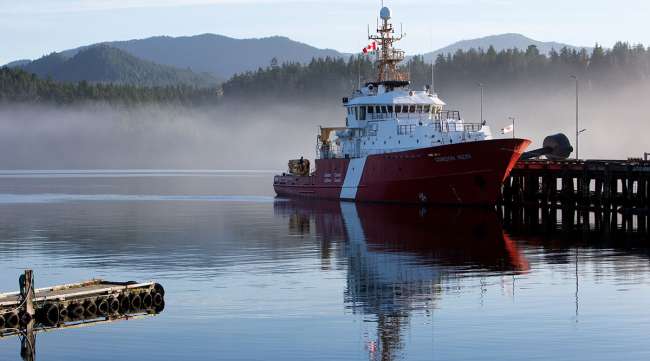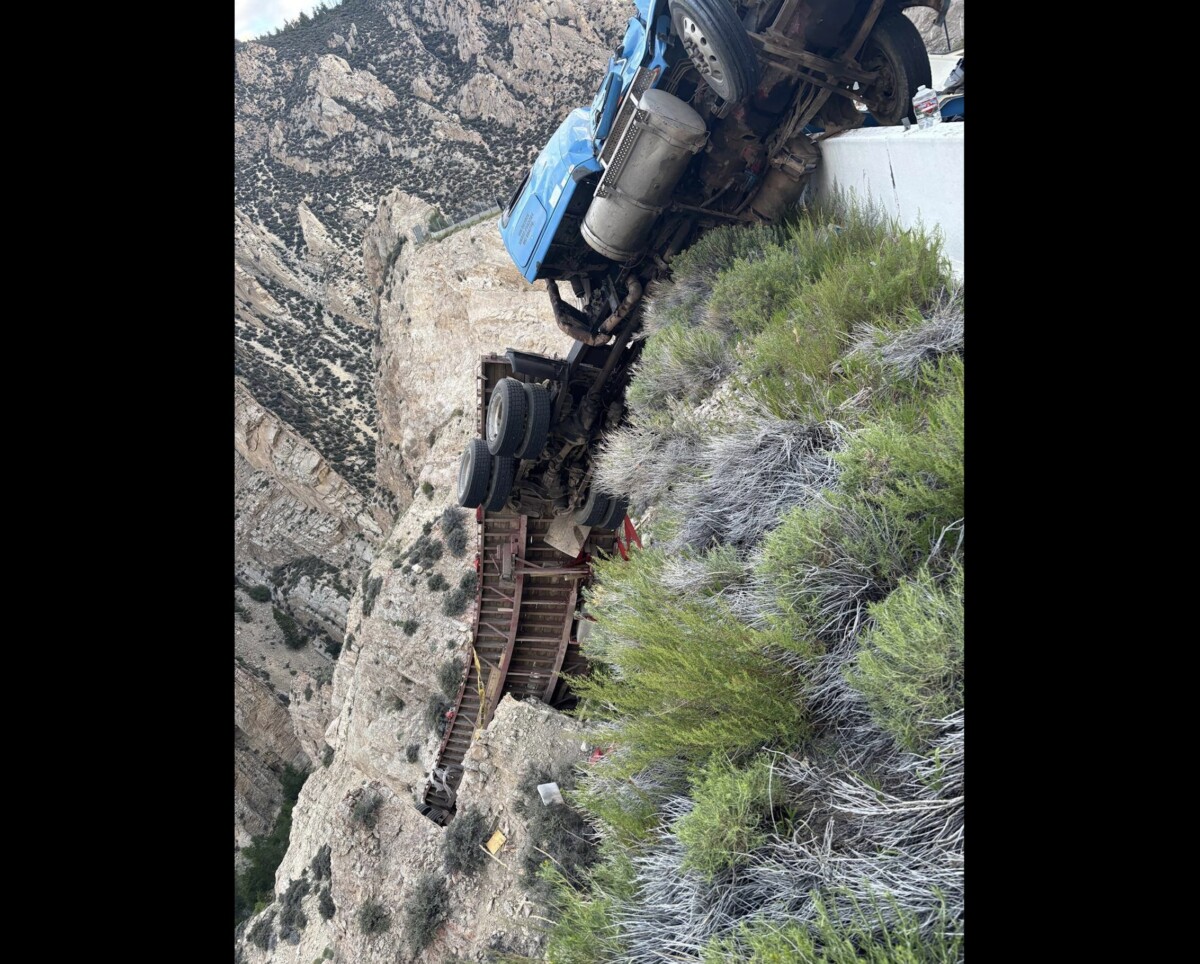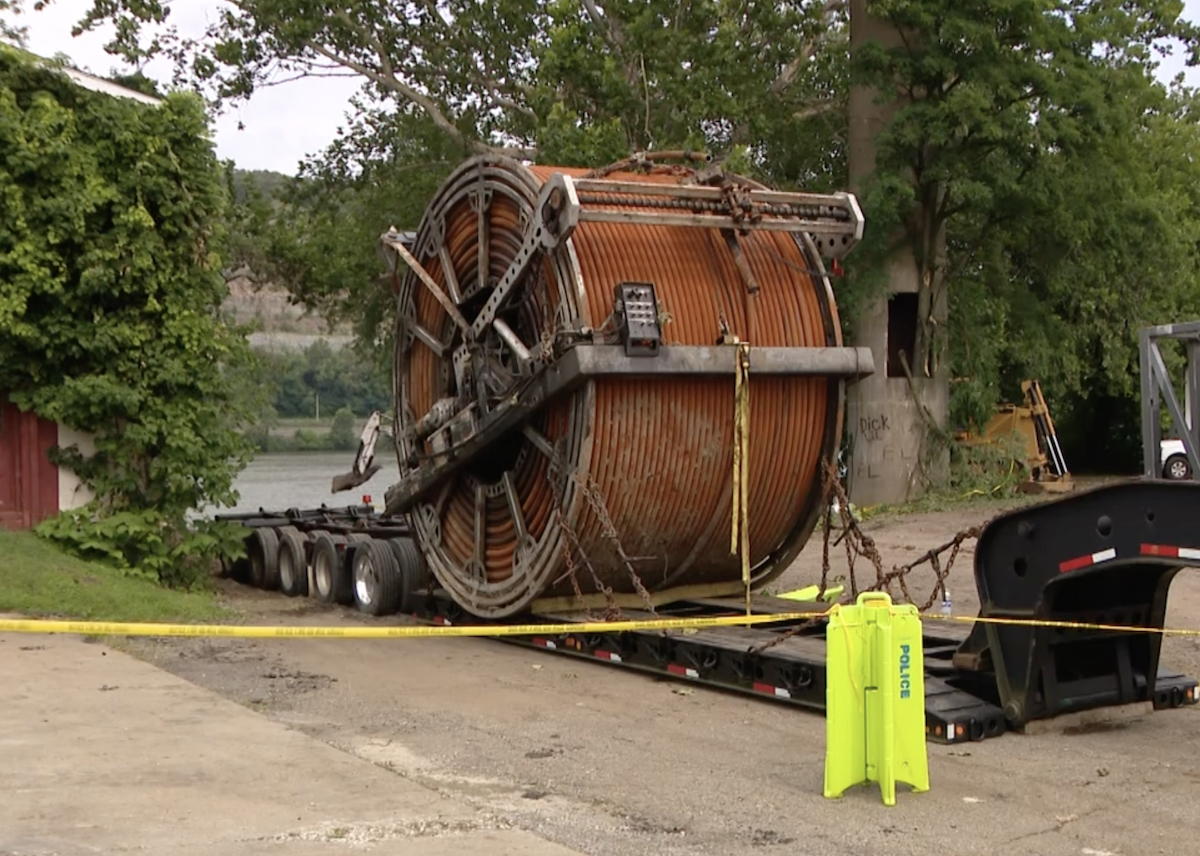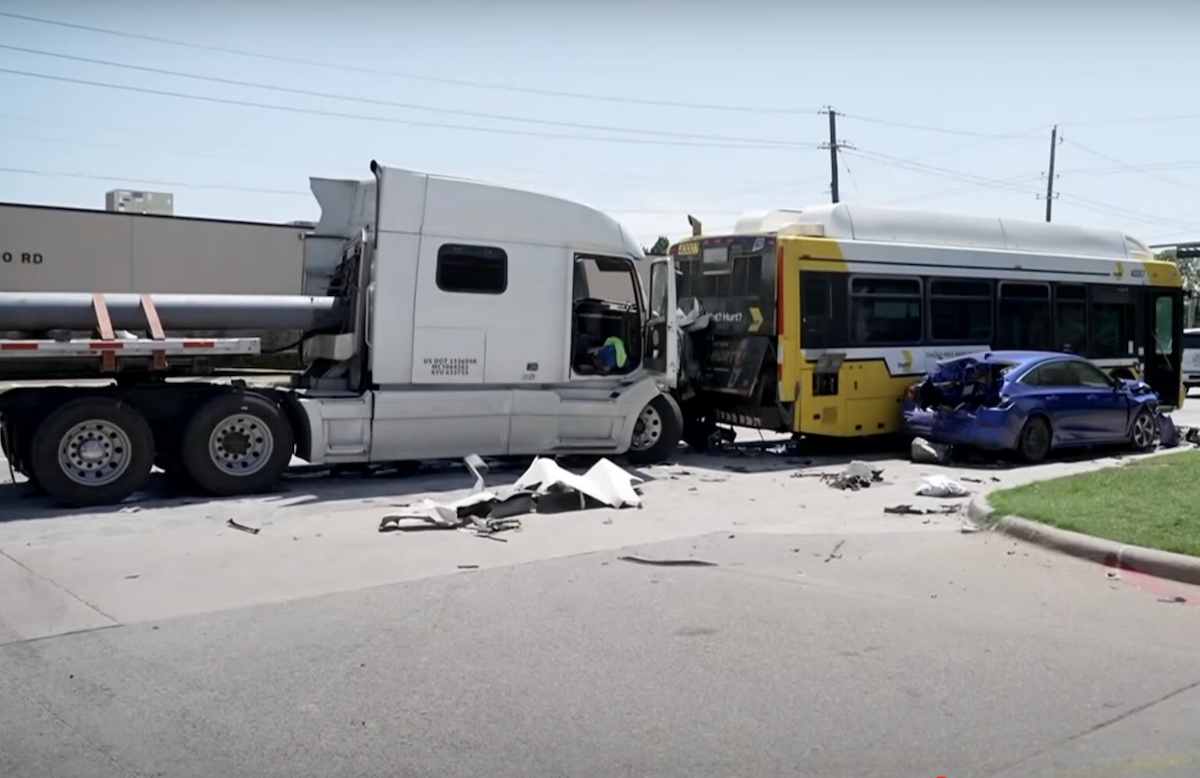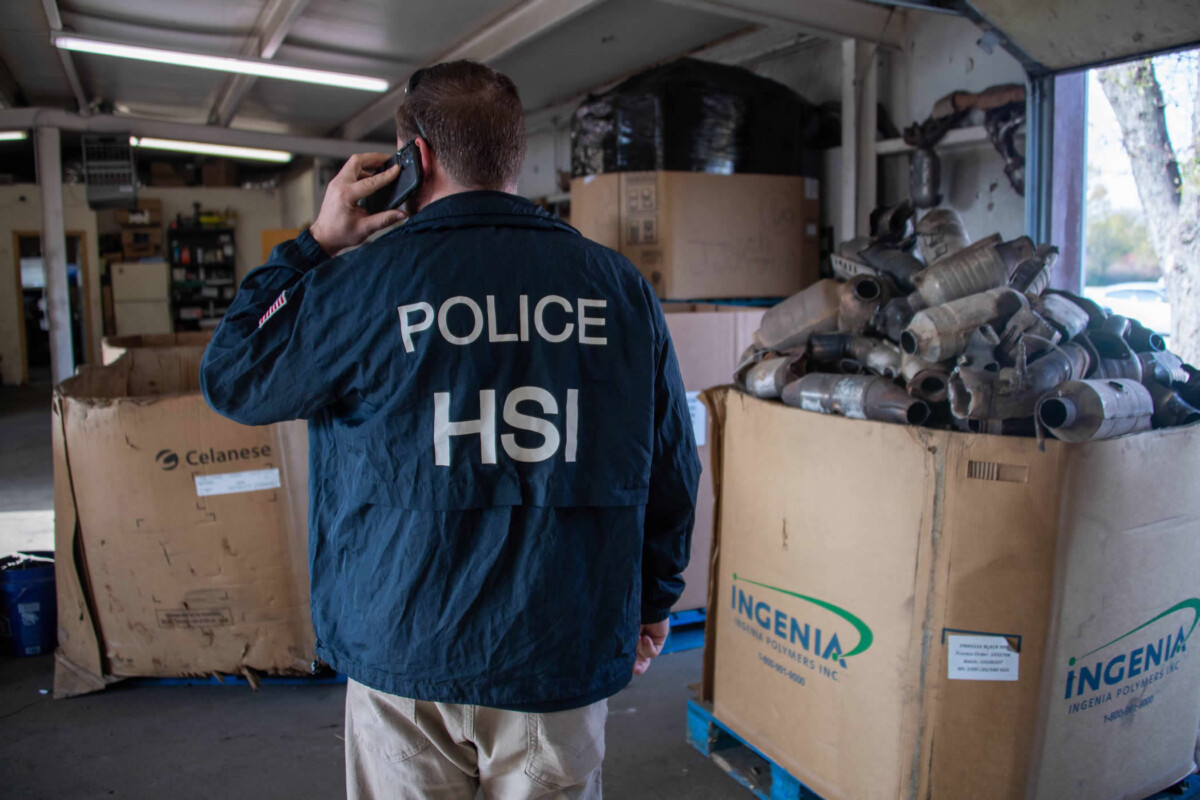Port of Prince Rupert in Prince Rupert, British Columbia, on Canada’s West Coast. (Ben Nelms/Bloomberg News)
Canada’s provincial leaders urged Prime Minister Mark Carney to back new oil pipelines, electricity grids, critical mineral mines, ports and railways at a meeting June 2 meant to identify “nation-building” projects to be fast-tracked.
The meeting is a first step toward Carney fulfilling his campaign promise to reduce Canada’s overwhelming reliance on the U.S. as an export market by boosting the domestic economy and finding new trade partners.
“The coming weeks and months will be critical,” Carney said in his opening remarks at the meeting, taking place in the western prairie city of Saskatoon, Saskatchewan.
RELATED: Northern US Mayors Call for End to Trade War With Canada
Carney said Canada still aims to ease trade tensions with President Donald Trump, but in the meantime it must scrap internal trade barriers and build national-scale projects in order to take matters “very much into our own hands.”

Canadian Prime Minister Mark Carney by Evan Vucci/Associated Press
Leaders from 10 Canadian provinces and three northern territories were in the room, all bringing their proposed lists of priority projects. Much of the focus was on Canada’s ample reserves of oil and gas, which the country has struggled to bring to tidewater through new pipelines.

Ford
“We will be a superpower when it comes to energy of all forms,” Ontario Premier Doug Ford said in his own remarks. “That’s our goal today, to make sure that we have large, national infrastructure projects that will benefit every Canadian from coast to coast to coast.”
Still, finding agreement around the table will be difficult. Alberta Premier Danielle Smith, whose province hosts Canada’s oil sands, has declared national unity will be at stake if there isn’t progress on building new pipelines for exporting crude.

Smith
“Oil is by far the most valuable export for Canada,” Smith said. “Any of the projects that you will see on the ultimate list, I will tell you that a bitumen pipeline will be by far the greatest benefit to all of Canada.”
Yet the shortest route would go through northern British Columbia to ports on the Pacific Ocean, and that province has a “difference of opinion” with Alberta on whether a new pipeline is needed, BC Deputy Premier Niki Sharma said ahead of the meeting.
RELATED: Quebec Says It’s Open to LNG, Oil Projects After Trump Threats

Sharma
There was more optimism about building new trade infrastructure in the other direction, going through northern Manitoba up to Hudson Bay — a shipping route that can connect to the Atlantic Ocean but is locked in by Arctic ice for much of the year.
“I think in time you’ll see that Hudson Bay is probably the most tenable course toward hitting international tidewaters,” Manitoba Premier Wab Kinew said. But he was vague about the investment it would require to make this a major export route, saying it would require the private sector’s “problem-solving and creativity.”
The leaders of the western provinces have been pushing for an economic corridor running from the port in Prince Rupert to Hudson Bay in Churchill, Manitoba, which would sharply boost resource shipments.

